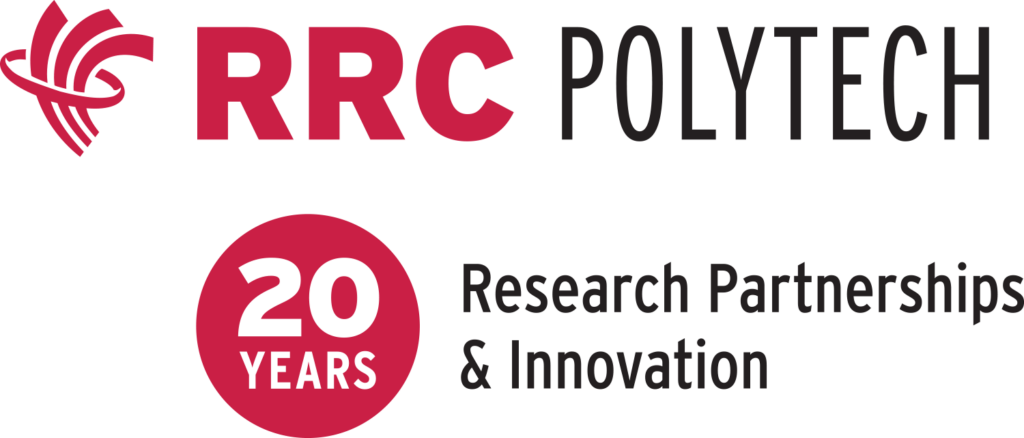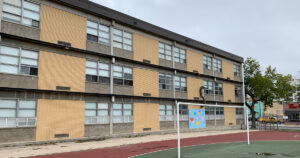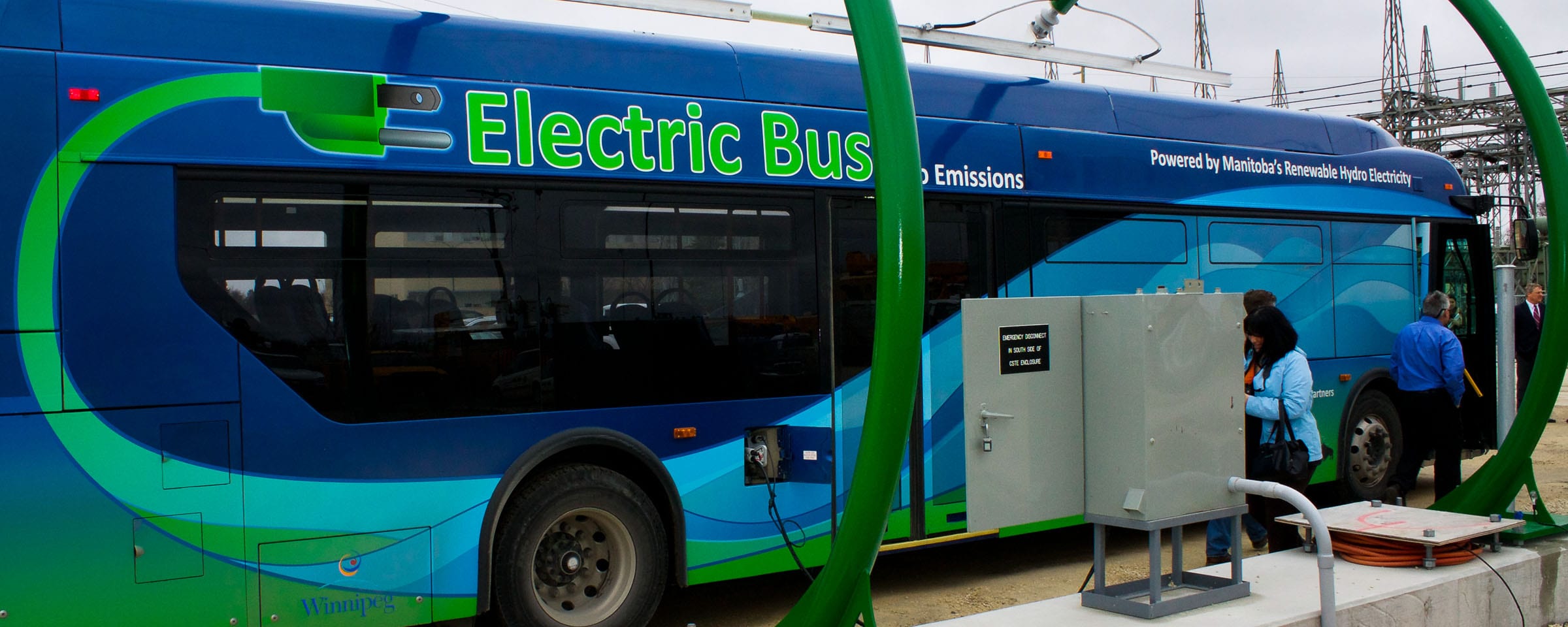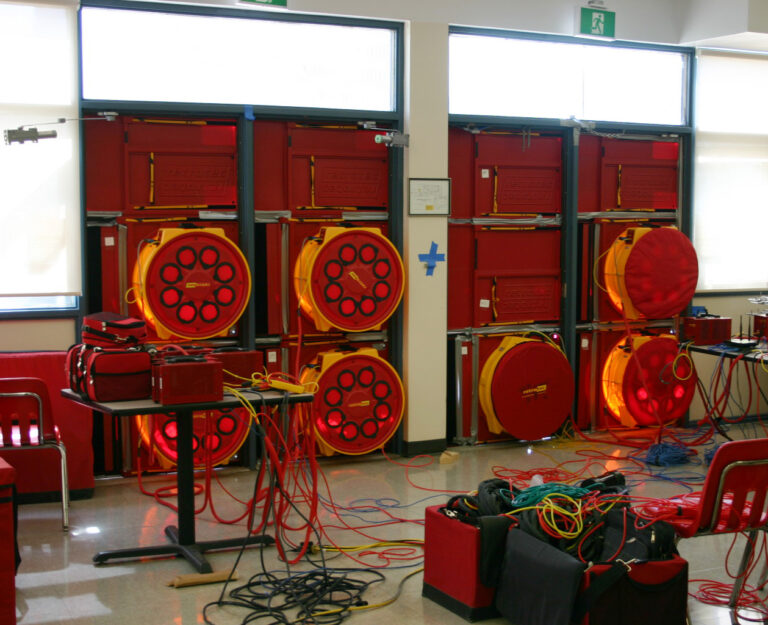RPI’s 20 Stories for 20 Years – Air Testing at Gordon Bell School

To demonstrate the impact that applied research projects make on all Manitobans, we present RPI’s 20 Stories for 20 Years. A compilation showcasing successful partnerships from the past and the present, with a constant focus on the future.
RRC Polytech’s Building Efficiency Technology Access Centre (BETAC) has been researching air tightness and methods of testing it since a 2012 pilot project, which means the partners who turn to BETAC for air tightness testing engage some of the province’s leading expertise in the field.
In the fall of 2021, BETAC completed an air tightness test at Gordon Bell High School, whose building features walls and mechanical systems that are more than 50 years old. The results provided insights into cost-effective measures for reducing energy usage at Gordon Bell, prior to its renovation.
Chris Buzunis, the Province of Manitoba’s Senior Energy Engineer and project manager for the Gordon Bell retrofit, says BETAC’s pre- and post-renovation air tightness testing has proven valuable on many projects like this.
“It helps identify problem areas to address at the start of a project and has also been a fantastic quality control tool when construction is complete. We have identified many deficiencies that would have otherwise gone unnoticed.”
BETAC offers a variety of non-destructive tests that target specific building sizes and challenges. The process usually starts with a walkthrough to assess door locations, HVAC intake and exhaust grills, power supply, and whether the building can be isolated.
During the test itself, powerful fans pressurize and depressurize the building, while equipment measures how much air is moved into or out of the building and tracks the corresponding pressure difference across the building enclosure.

The results of the envelop test speak to the general durability of the building, and the continuity and performance of the air barrier. A second set of tests, conducted with all intentional openings left open, measures the energy performance of the building more directly. At this stage, testers may deploy smoke pencils and infrared thermography cameras to identify specific air leakage pathways.
All together, these tests can take anywhere from several hours to three days, depending on the size and complexity of the building. The results deliver quantifiable data that can help owners of existing buildings locate problem areas and determine the costs and benefits of a retrofit. For new buildings, a final air tightness test can complement air leakage testing performed throughout construction.
“Collaboration and coordination are critical to the success of all projects in the construction sector regardless of size and scope, so BETAC is proud to play any role required to support our partners in reaching their goals of delivering the highest quality results on time and on budget,” said Dr. Alireza Kaboorani, Director of RRC Polytech’s Building Efficiency Technology Access Centre.
Demand for tests like these will only increase as more cities and governments incorporate air tightness and energy efficiency into their building codes and green mandates. In addition to air leak testing, BETAC has committed to ongoing public outreach efforts to share the findings of its research. The results of BETAC’s work continue to inform the Province of Manitoba’s Green Building Policy and low carbon initiatives.

